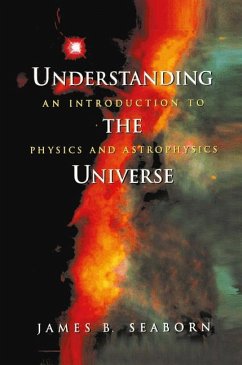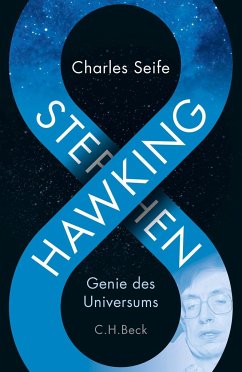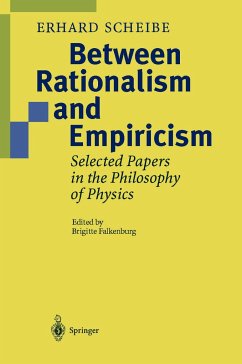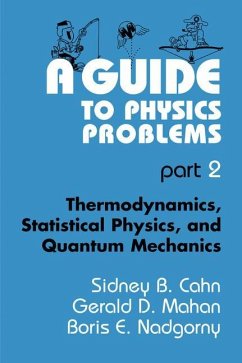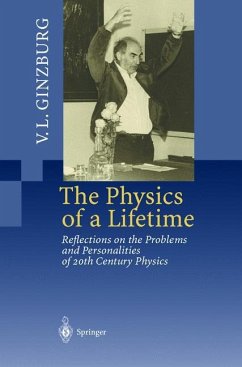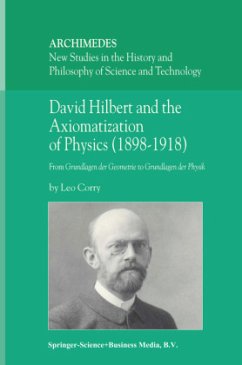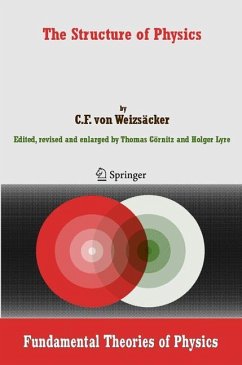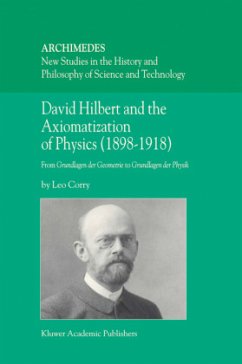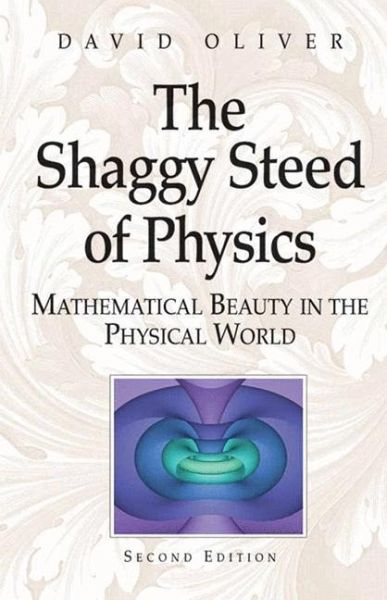
The Shaggy Steed of Physics
Mathematical Beauty in the Physical World
Versandkostenfrei!
Versandfertig in 1-2 Wochen
38,99 €
inkl. MwSt.
Weitere Ausgaben:

PAYBACK Punkte
19 °P sammeln!
I have taken the occasion of a second edition for enhancements and re?- ments that preserve the spirit of the original. I have more fully portrayed the remarkable relationships between symmetry group generators and their Lie bracket and the dynamical invariants of those symmetries and their Poisson bracket in Chapter 3. The radical departure of quantum waves from classical waves is more sharply drawn in Chapter 5. The spectacular way in which the states of the hydrogen atom unfold from its symmetries is the centerpiece of qu- tum Kepler motion. I now lead readers more deliberately through this...
I have taken the occasion of a second edition for enhancements and re?- ments that preserve the spirit of the original. I have more fully portrayed the remarkable relationships between symmetry group generators and their Lie bracket and the dynamical invariants of those symmetries and their Poisson bracket in Chapter 3. The radical departure of quantum waves from classical waves is more sharply drawn in Chapter 5. The spectacular way in which the states of the hydrogen atom unfold from its symmetries is the centerpiece of qu- tum Kepler motion. I now lead readers more deliberately through this unfolding by showing how the master quantum number orchestrating fo- dimensional rotational symmetry orchestrates the hydrogen atom states. I o?er readers in Chapter 7 a more descriptive portrait of the break-up of regular Kepler motion on tori into periodic resonant points when the motion becomes chaotic. And I now include a sketch of KAM Theory- thegreatestachievementincelestialmechanicsofthetwentiethcentury-in properly?llingoutthestoryofchaoticKeplermotion. Lastly,anewedition has given me the opportunity to correct errors. The Fields of Michael and Gabriel David Oliver Meadows of Dan, Virginia, USA Autumn 2002 ix Preface to the First Edition The universe embraces with sensual presence. No thought, no word is needed to behold sky, sun, moon, stars. It is not in re?ection but in expe- encethatoneinhalestheearthysmellsofdampwoods,becomesdizzyunder the sweep of the starry night sky, basks in the sun's warmth, rolls in ocean breakers, tastes salt. The sensual universe is open, available, immediate.




